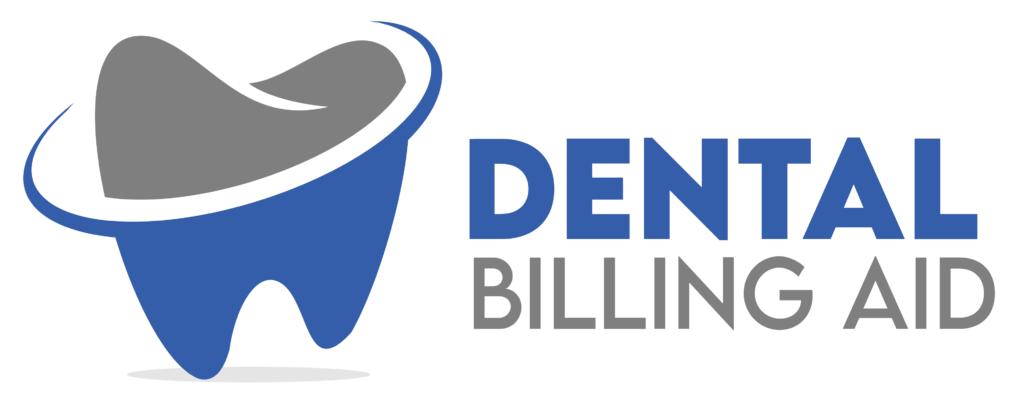In the bustling world of modern dentistry, where patient care, operational efficiency, and profitability converge, effective dental appointment scheduling stands as a cornerstone of success. More than just filling slots on a calendar, smart scheduling is a strategic art that profoundly impacts patient satisfaction, staff morale, and a practice’s bottom line.
The Pillars of Efficient Scheduling:
A well-oiled appointment system is built upon several key elements:
- Patient-Centric Approach:
- Convenience is King: In today’s fast-paced world, patients expect flexibility. Offering online booking is no longer a luxury but a necessity, allowing patients to schedule, reschedule, or cancel appointments 24/7 from any device. This significantly reduces phone tag and frees up front desk staff.
- Automated Reminders: A robust system of automated SMS, email, and even voice reminders drastically reduces no-show rates. Timely reminders, sent a few days or hours before the appointment, help patients remember their commitment and offer an easy way to confirm or reschedule if needed.
- Guiding Choices: Instead of open-ended questions like “When are you free?”, guide patients to available slots that align with your practice’s flow. For example, “Would Tuesday at 10 AM or Thursday at 2 PM work better for you?”
- Waitlists for Openings: Cancellations are inevitable. A dynamic waitlist feature automatically notifies patients on the list when a desirable slot opens up, quickly filling gaps and preventing lost revenue.
- Practice Optimization:
- Accurate Procedure Timing: This is fundamental. Dental practices should regularly audit the actual time taken for various procedures (cleanings, fillings, root canals, new patient exams). Using 10-minute increments instead of 15-minute blocks can significantly improve accuracy and productivity.
- Block Scheduling: Dedicate specific blocks of time in the day for different types of procedures. For instance, allocate mornings for complex, high-production treatments and afternoons for hygiene appointments or shorter follow-ups. This maximizes equipment use and specialist availability.
- Staggered Appointments & Team Synergy: Plan the schedule so that the dentist can efficiently move between multiple operatories, with dental assistants and hygienists performing their tasks concurrently. This avoids idle time for any team member.
- Buffer Time: Incorporate small buffers between appointments to allow for unforeseen delays, patient questions, or quick clean-ups, preventing a domino effect of lateness throughout the day.
- Morning Huddles: A brief daily meeting with the entire team to review the day’s schedule, note any potential challenges (e.g., chronically late patients, complex cases, or those needing specific accommodations), and discuss patient flow can prevent many issues before they arise.
- Leveraging Technology:
- Integrated Practice Management Software (PMS): Modern dental software is the backbone of efficient scheduling. Look for systems that offer:
- Real-time availability: Your online calendar should seamlessly sync with your internal schedule.
- Multi-provider calendars: Separate views for dentists, hygienists, and specialists to avoid double bookings.
- Patient portals: For online scheduling, form completion, and accessing appointment history.
- Automated recall systems: To ensure patients are prompted for their regular check-ups.
- Reporting and analytics: To track no-show rates, appointment types, and production goals.
- Digital Intake Forms: Allowing patients to complete paperwork online before their appointment saves valuable time at the front desk and ensures accuracy.
- Integrated Practice Management Software (PMS): Modern dental software is the backbone of efficient scheduling. Look for systems that offer:
Benefits Beyond the Calendar:
The ripple effects of effective dental appointment scheduling are far-reaching:
- Enhanced Patient Experience: Convenient booking, timely reminders, and reduced wait times lead to happier, more satisfied patients who are more likely to return and refer others.
- Reduced No-Shows and Cancellations: Automated reminders and easy rescheduling options significantly cut down on missed appointments, which are a major drain on practice revenue.
- Increased Productivity and Revenue: A well-managed schedule ensures that operatories and staff are utilized efficiently, maximizing the number of patients seen and the services rendered.
- Improved Staff Morale: Less time spent on manual scheduling, chasing patients, and dealing with frustrated individuals due to delays, leads to a more positive and productive work environment for the administrative team.
- Better Work-Life Balance for Practitioners: Strategic scheduling can prevent burnout by distributing complex and routine procedures evenly, allowing for dedicated focus and necessary breaks.
- Data-Driven Decision Making: Software-generated reports provide insights into peak times, popular services, and areas for improvement, allowing for continuous optimization.
In essence, dental appointment scheduling is no longer a mere administrative task; it’s a strategic component of a thriving dental practice. By embracing technology, adopting patient-centric approaches, and constantly refining their processes, dental practices can ensure a smooth, productive flow that benefits both the practice and the patient.
